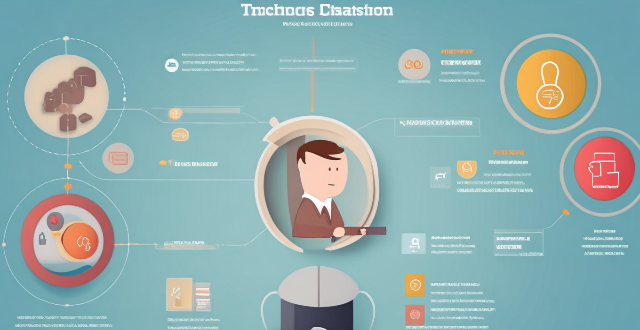In a business environment, identifying and assessing risks is crucial for ensuring the success and sustainability of an organization. The process involves identifying potential risks, categorizing them based on likelihood and impact, assessing each risk individually, developing a risk management plan, and monitoring and reviewing risks regularly. This helps prioritize which risks need to be addressed first and develop strategies to manage them effectively.

How to Identify and Assess Risks in a Business Environment
In a business environment, identifying and assessing risks is crucial for ensuring the success and sustainability of an organization. Here are some steps to follow when identifying and assessing risks:
Step 1: Identify Potential Risks
The first step in risk management is to identify potential risks that could impact the business. This can be done through brainstorming sessions with key stakeholders, conducting research on industry trends, and analyzing historical data. Some common types of risks include financial, operational, strategic, and compliance risks.
Step 2: Categorize Risks
Once potential risks have been identified, they should be categorized based on their likelihood and impact. This will help prioritize which risks need to be addressed first. For example, a risk with a high likelihood and high impact would be considered a critical risk and require immediate attention.
Step 3: Assess Risks
After categorizing risks, it's important to assess each risk individually to determine its potential impact on the business. This can be done by analyzing the following factors:
- Probability: What is the likelihood of this risk occurring?
- Impact: What would be the consequences if this risk occurred?
- Mitigation: What actions can be taken to reduce or eliminate the risk?
- Detection: How can we monitor and detect signs of this risk?
Step 4: Develop a Risk Management Plan
Based on the assessment, a risk management plan should be developed to address each risk. This plan should include strategies for mitigating, transferring, or accepting the risk. It's also important to establish clear roles and responsibilities for implementing the plan and monitoring progress.
Step 5: Monitor and Review Risks
Risk management is an ongoing process, so it's essential to regularly monitor and review risks. This includes tracking progress on mitigation efforts, updating risk assessments as needed, and adjusting the risk management plan accordingly.
By following these steps, businesses can effectively identify and assess risks in their environment and develop strategies to manage them.